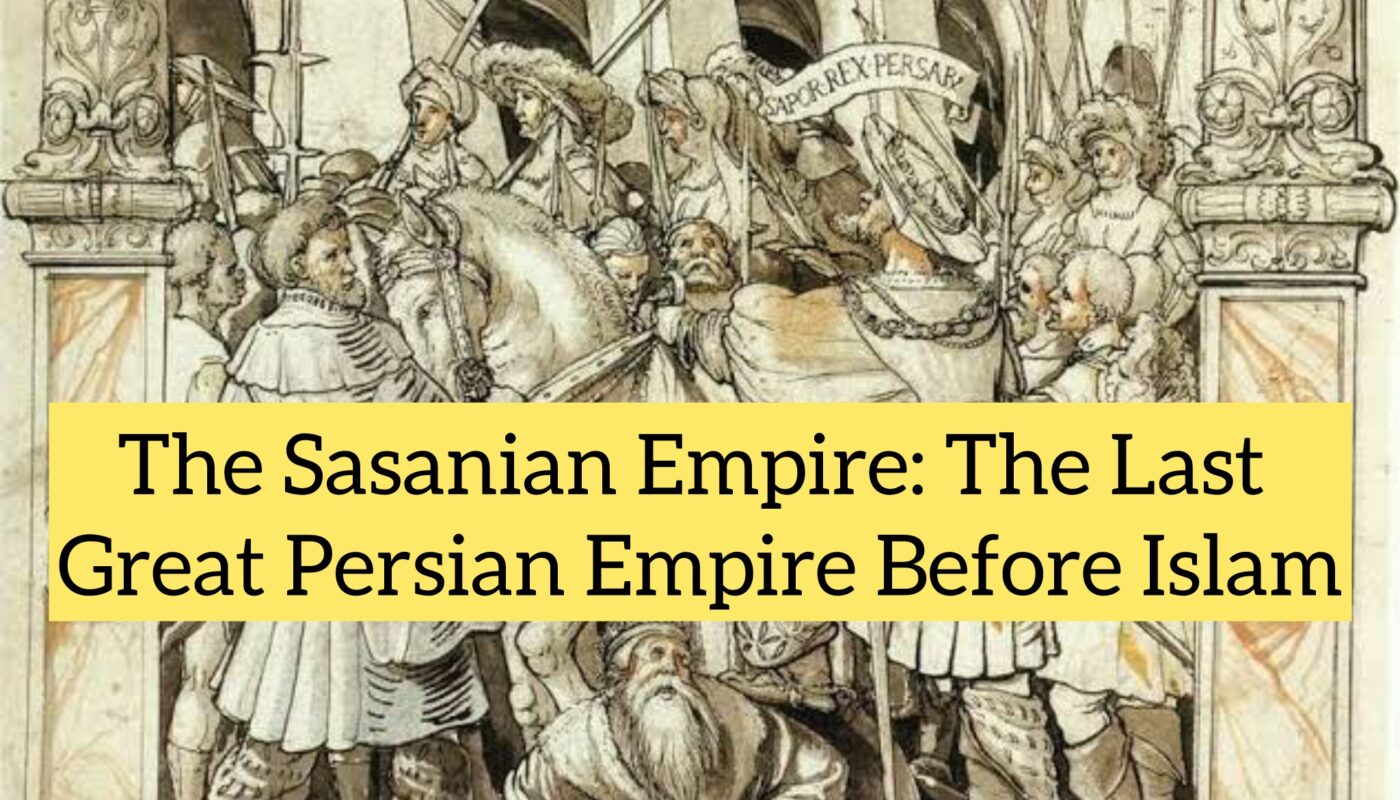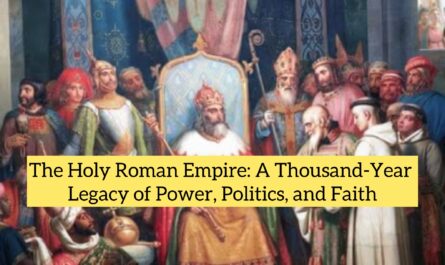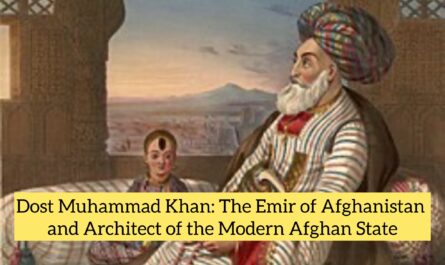Introduction
The Sasanian Empire (224–651 CE), also known as the Neo-Persian Empire, was one of the most influential civilizations of Late Antiquity. It succeeded the Parthian Empire and preceded the Islamic Caliphates, standing as a formidable power that often rivaled the Roman (and later Byzantine) Empires. Under the leadership of the House of Sasan, this empire saw major advances in architecture, science, religion, and governance, and played a key role in shaping the culture and politics of the Middle East and Central Asia.
At its height, the Sasanian Empire stretched from Mesopotamia and Iran to Central Asia and the Arabian Peninsula, acting as a bridge between the East and West.
Origins of the Sasanian Empire
The Fall of the Parthians
By the early 3rd century CE, the Parthian Empire had weakened due to internal divisions and external pressures. In 224 CE, Ardashir I, a descendant of Sasan, overthrew the last Parthian king, Artabanus IV, at the Battle of Hormozdgan, founding the Sasanian dynasty.
Ardashir I (r. 224–242 CE)
Ardashir I consolidated power in Persia and promoted Zoroastrianism as the state religion. He established a centralized state, reformed the military, and began building monumental architecture in cities like Ctesiphon and Istakhr.
Government and Administration
Centralized Bureaucracy
Unlike the decentralized Parthian system, the Sasanians established a highly centralized administration with a powerful Shahanshah (“King of Kings”) at the top. The empire was divided into provinces, each governed by a shahrab (governor).
Legal and Fiscal Systems
-
Implemented Zoroastrian law codes based on the Avesta
-
Introduced standardized taxation
-
Maintained a professional class of scribes and bureaucrats
Capital Cities
-
Ctesiphon: Political and administrative capital near modern-day Baghdad
-
Persepolis and Istakhr: Cultural and religious centers
-
Gundeshapur: A hub of science and education
Military and Foreign Policy
Military Strength
The Sasanian military was highly organized, featuring:
-
Savaran: Elite cavalry known for their discipline and heavy armor
-
War elephants, siege units, and archers
-
A network of fortresses and garrisons
Wars with Rome and Byzantium
Sasanian emperors frequently clashed with the Roman and Byzantine empires:
-
Shapur I (r. 240–270) defeated Emperor Valerian and captured him in 260 CE
-
Khosrow I fought Emperor Justinian I in a series of inconclusive but draining wars
-
Khosrow II captured Jerusalem and Egypt in the early 7th century
These continuous wars weakened both empires and paved the way for the Arab-Islamic conquests.
Religion in the Sasanian Empire
Zoroastrianism as State Religion
-
Zoroastrianism was deeply integrated into the Sasanian state
-
The Magi (priests) held significant political power
-
The Avesta was codified and expanded
Religious Tolerance and Persecution
-
Other religions like Christianity, Judaism, Manichaeism, and Buddhism existed under varying degrees of tolerance
-
Christians were sometimes persecuted, especially during wars with the Christian Byzantine Empire
Culture and Society
Language and Literature
-
Middle Persian (Pahlavi) was the administrative and literary language
-
Literary works included translations of Indian, Greek, and Syriac texts
-
Oral traditions like the Shahnameh (later written down by Ferdowsi) originated in Sasanian times
Art and Architecture
-
Notable for grand palaces, domed halls, and fire temples
-
Taq Kasra (Arch of Ctesiphon) is a famous architectural remnant
-
Stone reliefs depicted royal triumphs and divine investitures
Science and Learning
-
Gundeshapur Academy was a major center for learning in medicine, astronomy, and philosophy
-
Attracted scholars from Greece, India, and China
-
Preserved and translated classical Greek and Sanskrit texts
Key Rulers of the Sasanian Empire
| Ruler | Reign | Achievements |
|---|---|---|
| Ardashir I | 224–242 | Founded the empire, promoted Zoroastrianism |
| Shapur I | 240–270 | Defeated Rome, expanded eastward |
| Khosrow I (Anushirvan) | 531–579 | Reforms, patron of science, codified laws |
| Khosrow II (Parviz) | 590–628 | Nearly defeated Byzantium, lost to Heraclius |
| Yazdegerd III | 632–651 | Last Sasanian king, fled during Arab invasions |
Decline and Fall
Internal Instability
-
Succession crises and assassinations after Khosrow II’s death
-
Plague and famine weakened the population
-
Increasing decentralization and loss of control over provinces
Arab Muslim Conquest
-
The Arab Muslims launched campaigns under the Rashidun Caliphate
-
Key battles:
-
Battle of Qadisiyyah (636 CE)
-
Battle of Nahavand (642 CE), called the “Victory of Victories”
-
-
Yazdegerd III fled east and was assassinated in 651 CE, ending the Sasanian Empire
Legacy of the Sasanian Empire
Influence on Islam and the Caliphates
-
Administrative systems and court rituals were adopted by the Umayyads and Abbasids
-
Persian cultural elements deeply influenced Islamic art, literature, and governance
Continuity of Persian Identity
-
Despite the Arab conquest, Persian culture, language, and traditions persisted
-
The Persian Renaissance under Islamic rule revived many Sasanian ideals
Contributions to Civilization
-
Legal systems, central governance, and urban planning
-
Fusion of Greek, Indian, and Persian knowledge that would later fuel Islamic Golden Age
-
Inspiration for later Iranian dynasties like the Samanids and Safavids
Timeline of the Sasanian Empire
| Year | Event |
|---|---|
| 224 CE | Ardashir I defeats Artabanus IV, begins Sasanian rule |
| 260 CE | Shapur I captures Roman Emperor Valerian |
| 531–579 CE | Reign of Khosrow I (Anushirvan), Golden Age |
| 628 CE | Byzantine victory; death of Khosrow II |
| 636 CE | Arabs defeat Sasanians at Battle of Qadisiyyah |
| 651 CE | Death of Yazdegerd III; end of the empire |
Conclusion
The Sasanian Empire was the last great pre-Islamic Persian empire, known for its military strength, administrative sophistication, religious fervor, and cultural richness. It stood as a counterbalance to Roman and Byzantine influence for over four centuries. Its fall marked the end of ancient Persia but not of Persian identity, which adapted and flourished under new Islamic rule.
The Sasanian legacy continues to influence modern Iran, as well as broader Islamic and Western civilizations, making it one of history’s most impactful empires.
Frequently Asked Questions (FAQs)
What was the capital of the Sasanian Empire?
Ctesiphon, near modern Baghdad, served as the political and administrative capital.
Who founded the Sasanian Empire?
Ardashir I founded the empire in 224 CE after defeating the Parthians.
What was the state religion?
Zoroastrianism was the official religion of the Sasanian Empire.
Why did the Sasanian Empire fall?
It collapsed due to internal instability, economic decline, and the Arab Muslim conquests.
What is the Sasanian legacy today?
The Sasanian influence is seen in Iranian culture, Islamic governance, and artistic traditions across the Middle East.



